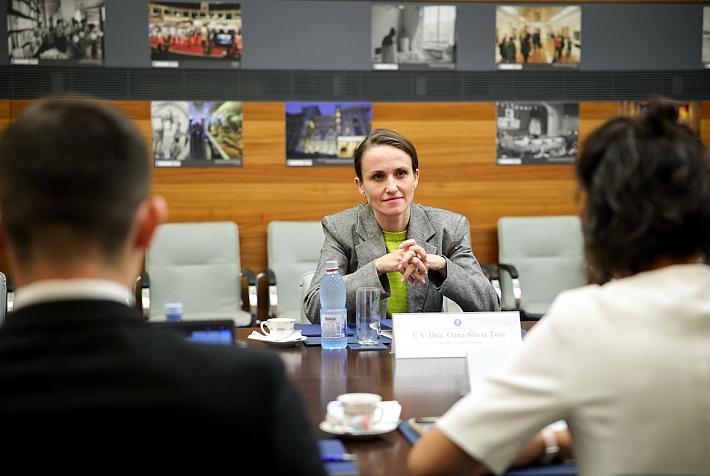Nearly one-third of working-age Romanians not working

Romania registered the third lowest employment rate in the EU in 2023, following Italy and Greece, according to recent Eurostat data. Only 69% of Romanians aged between 20 and 64 are employed, meaning nearly one-third of Romanians are not working.
Certain factors influence these figures. Romania makes use of a category of special pensions applied to broad categories of employees, including judges, military personnel, and police officers, allowing them to retire while still relatively young. Additionally, Romania provides multiple social benefits, which leads to people being unmotivated to look for work, according to employers cited by G4Media.
State budget expenditures on special pensions and social benefits have continuously increased over the last decade, parallel to the rising budget deficit. To cover this deficit, the PSD-PNL government has raised taxes and duties on capital.
The Social Democrats, part of the ruling coalition, have also advocated for higher, progressive taxation on wage incomes in recent years. Simultaneously, Romania is annually increasing the quota of foreign citizens allowed into the labor market.
The low employment rate is not a European phenomenon - quite the contrary. Across the entire EU, the employment rate of citizens set a new record, with employees aged between 20 and 64 exceeding 75% (195.3 million), according to Eurostat data. The EU employment rate in 2023 is the highest since data recording began in this area in 2009 and marks three consecutive years of growth after employment dropped to 72% in 2020 due to the pandemic.
Among the EU countries with the highest employment rates are the Netherlands (84%), Sweden (83%), and Estonia (82%), while the lowest rates were recorded in Italy (66%), Greece (67%), and Romania (69%).
(Photo source: Ian Allenden | Dreamstime.com)











